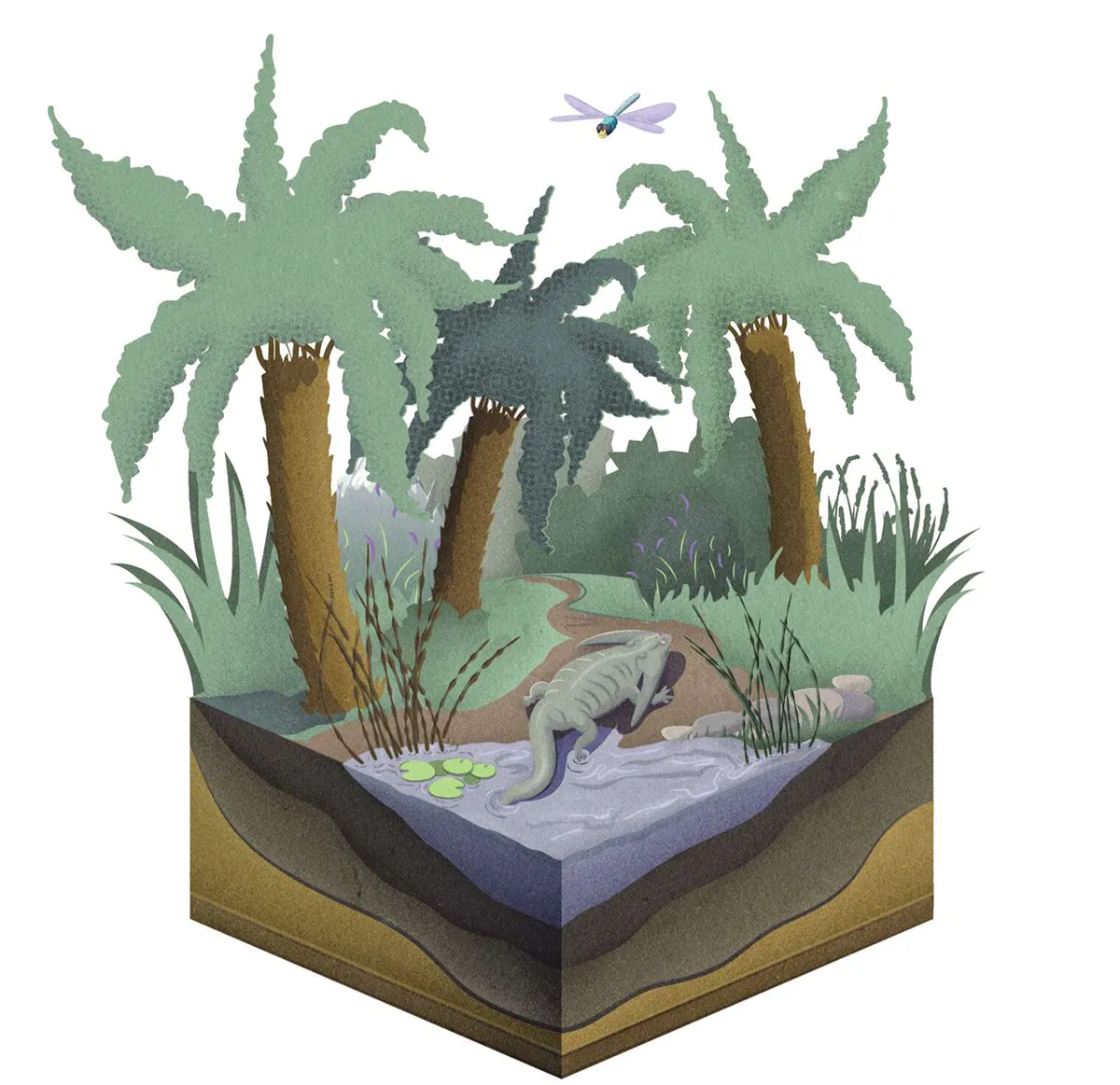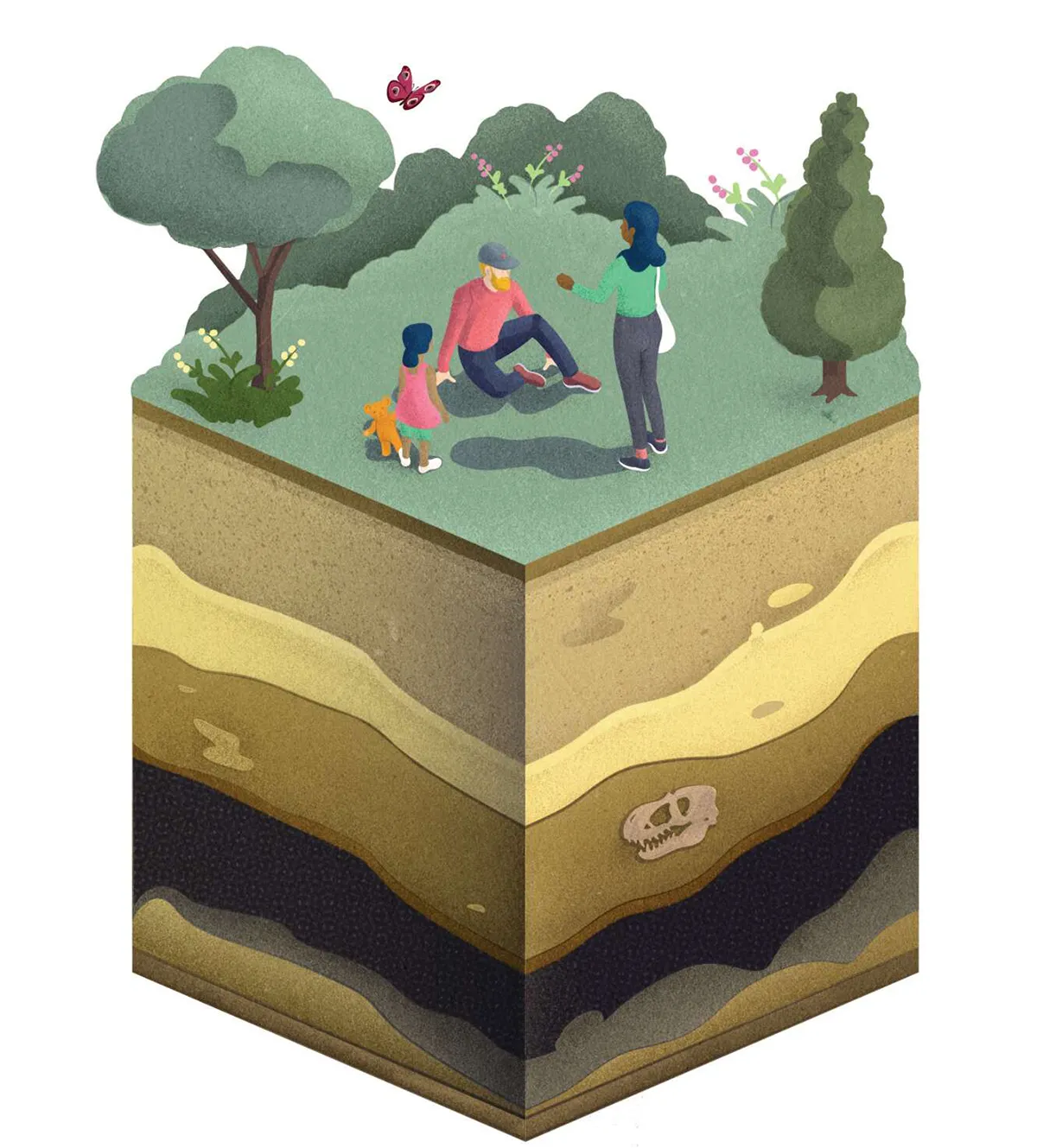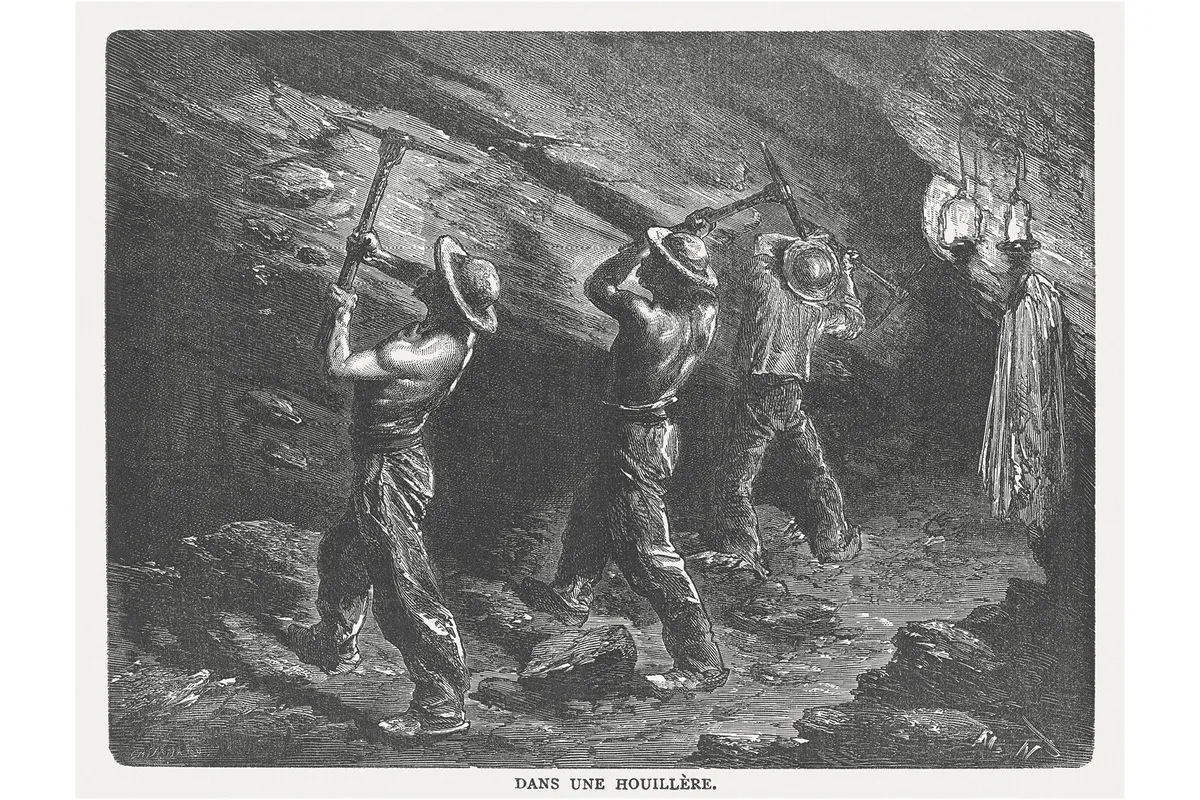Coal is an organic sedimentary rock, a non-renewable energy source that can be burned for fuel and used to generate electricity. Archaeologists have traced its usage potentially as far back as 3490BC from the Shaanxi Province in China.
The Industrial Revolution, which began in the 18th Century, resulted in huge demand for coal for its use in smelting iron and in powering steam engines. Coal production peaked in 1913, with the UK producing a whopping 292 million metric tonnes that year. However, burning coal adds a considerable amount of carbon dioxide to the atmosphere, and it’s the single biggest contributor to human-made climate change.
Coal production (both surface mining and deep mining) and imports have steadily been declining since World War I, and various Clean Air Acts have since been introduced to tackle smoke emissions and air pollution caused by the burning of coal.
In the UK, electricity generation from coal fell from 2.1 per cent to 1.8 per cent between 2020 and 2021, partly due to the COVID-19 pandemic, while the US recorded 21.8 per cent of electricity generated in 2021 came from coal.
Under current plans, the UK aims to phase out unabated coal-fired power stations by 2024.
How is coal formed?
Coal is formed in layers, or 'seams' and the process begins with the deposition of vegetation.
Decaying organic matter creates peat
Around 300 million years ago, in the Carboniferous, Earth's climate was warm and humid, and large swamps were plentiful.
As plant matter (and other organic matter) from these dense, swampy forests accumulated and lay decaying in the bottom of these swamps, the material became buried and subsequently compacted. From this partially decomposed organic matter, anaerobic conditions from a lack of oxygen formed peat.
Peat resembles a spongy mass of brown, fibrous material, and the standing water in the Carboniferous swamps created excellent conditions to prevent the oxidation or bacterial destruction of the material. If you are unlucky enough to become buried in peat soon after your demise (or perhaps that should be viewed as lucky?), then as new peat is formed on top, humic acid is released and your body may be preserved, in much the same way as pickling.

Peat becomes lignite
Once peat is buried between layers of sediments, biological degradation halts and changes begin to occur that are a result of increased temperature and pressure from the burial.
When this peat was buried at relatively shallow depths, continued heat and pressure compressed it between layers of sediment into lignite: a soft, brownish-black coal-like material with a high moisture content. It will also often contain wood and plant remains in a fine-grained groundmass. Lignite is also known as brown coal, and there are two types: xyloid lignite (fossilised wood) and compact lignite. The gemstone jet is formed from lignite.

Lignite becomes coal
With continued burial, heat and structural deformation, this lignite metamorphoses into sub-bituminous and bituminous coal (soft coal). Finally, it becomes anthracite (hard coal), and the more metamorphism, the harder and more carbon-rich the coal becomes.
Sub-bituminous coal has a fixed carbon content of 46-60 per cent, and bituminous coal is considered the 'normal' type of coal. It's generally rich in volatile hydrocarbons, making it easier to ignite and burn with a relatively long flame.
Anthracite, on the other hand, has a very low volatile content but it's currently considered the cleanest form of coal to burn. You'll be familiar with it if you have an open fire, as the UK has recently switched to using anthracite as 'smokeless coal'. With continued metamorphism from further heat and pressure, anthracite will eventually become graphite. Graphite is not typically used as fuel, as it's difficult to ignite.

What is coal used for?
During the Industrial Revolution, coal was the wonder fuel and was used to power the hot, new invention at the time - the steam engine. These in turn facilitated the expansion of the railways, iron and steel production, as well as the shipping industry. It's estimated that the Titanic used between 600 and 825 tonnes of coal a day. Today, coal is used in coal-fired power plants to generate electricity, and worldwide, coal is still the single largest source of electricity. Gasification and liquefaction of coal produce gaseous and liquid fuels that can be easily stored in tanks or transported via pipeline.

Some of the by-products of burning coal, such as fly ash, can be recycled and used in the production of concrete. Away from the energy industry, it can also be used in the production of specialist technology, including the activated carbon used in water and air filters, and carbon fibre used in construction. Coal is also one of the raw materials involved in making silicon metal, widely used in the metallurgical industry to make solar panels, chips in electronics and in the automotive industry as an alloying agent for strengthening aluminium.
What type of rock is coal?
Coal is made of mostly carbon accumulations from organic material, compressed into layers. That makes it a biochemically produced sedimentary rock, known as an organic sedimentary rock. These are the group of sedimentary rocks comprised of organic carbon-rich deposits formed from the burial and subsequent decay of once-living material.
Other types of organic sedimentary rock include chalk, diatomite, fossiliferous limestones and some forms of dolomite.
Read more:
- Is it possible to burn diamonds?
- How do dinosaur footprints get fossilised?
- How long does it take stalagmites and stalactites to form?
- How do deserts form?
To submit your questions email us at questions@sciencefocus.com (don't forget to include your name and location)
